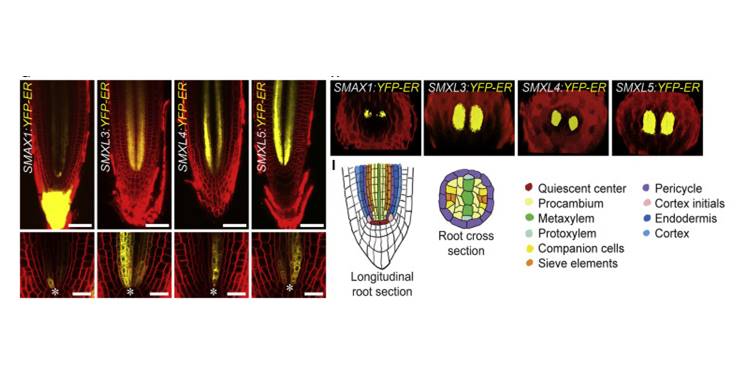
Strigolactone- and karrikin-independent SMXL proteins are central regulators of phloem formation
Plant Science Research Weekly, Research0 Comments
/
SMAX1 (SUPPRESSOR OF MAX2 1) was identified genetically as a suppressor of the enhanced seed dormancy phenotype of the max2 mutant, which is affected in both strigolactone (SL) and karrikin (KAR) responses (karrikins are smoke-derived germination promoters). SMAX1 is the founding member of an eight-member…
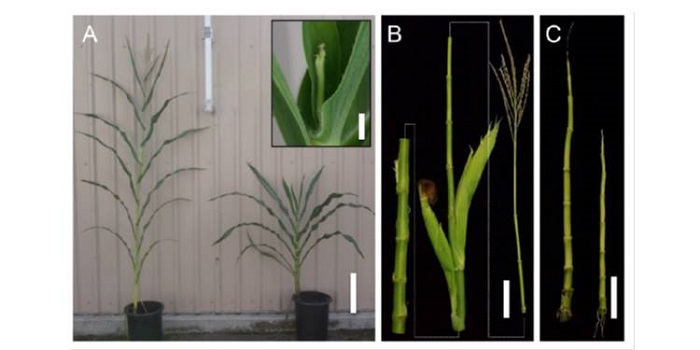
KNOTTED1 cofactors, BLH12 and BLH14, regulate internode patterning and vein anastomosis in maize
Plant Science Research Weekly, ResearchThe maize shoot comprises modular domains of leaf, subtending shoot tissue, and an intercalary meristem that sits just above the next leaf down. By contrast to eudicot shoots that form a ring of vascular bundles, maize shoot vascular bundles remain as separate bundles, forming a “disordered” atactostele.…

Transcription factor interplay between LEAFY and APETALA1/ CAULIFLOWER during floral initiation
Plant Science Research Weekly, ResearchSeveral transcription-factor encoding genes involved in the transition from vegetative to reproductive growth have been identified. One of these, LEAFY (LFY), is expressed at the flanks of the inflorescence meristem at the site of newly forming floral meristems; loss-of-function lfy mutants produce leaves…
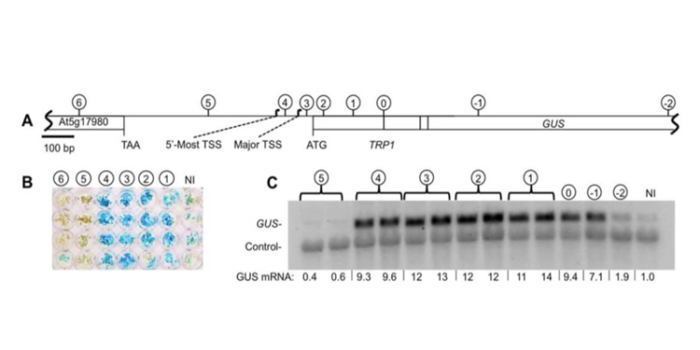
Intron DNA sequences can be more important than the proximal promoter in determining the site of transcript initiation
Plant Science Research Weekly, ResearchThe site at which transcription begins is traditionally thought to be determined in the proximal promoter by assembly of the pre-initiation complex just upstream of the transcription start site (TSS). New results from Gallegos and Rose challenge this assumption. Prior studies have shown that the presence…
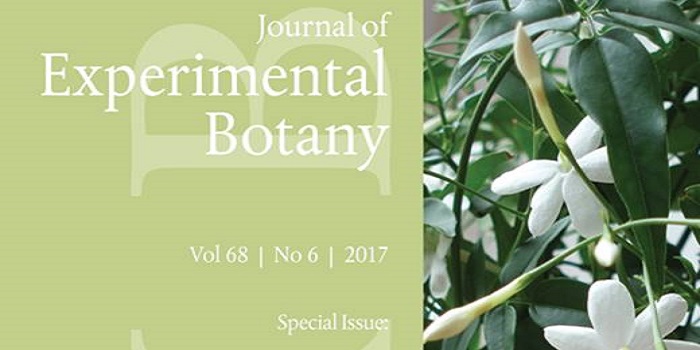
Special issue: Flowering of jasmonate research
Plant Science Research Weekly, ResearchJasmonates are a family of compounds including jasmonic acid and its derivatives that regulate many plant processes from germination to defense. The Journal of Experimental Botany has a special issue on jasmonate research, which commemorates the advances in this field in the ten years since the JAZ proteins…
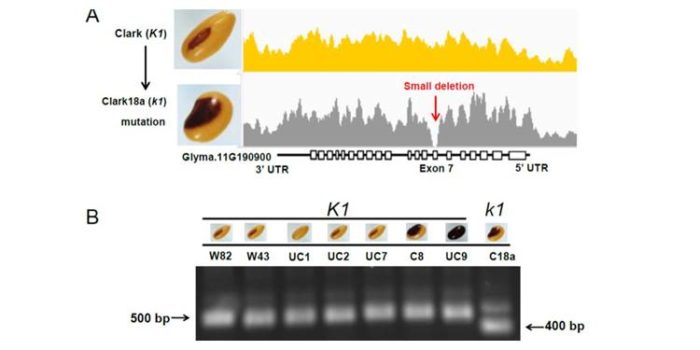
Mutations in Argonaute5 illuminate epistatic interactions of the K1 and I loci ($)
Plant Science Research Weekly, ResearchClassic studies revealed an interesting genetic relationship between two loci that control pigmentation in soybeans seeds. Dominant alleles of the I locus suppress pigmentation through the production of small interfering RNAs that target chalcone synthase RNA (an enzyme involved in pigment production).…
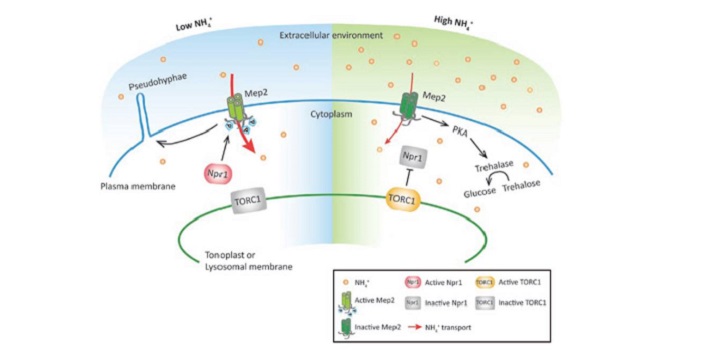
Review: Ammonium as a signal for physiological and morphological responses ($)
Plant Science Research Weekly, ResearchAmmonium is one of the major forms in which nitrogen is assimilated. Besides being a nutrient, it also acts as signal that affects gene expression and root system architecture. Some ammonium-induced genes are also induced by low pH (ammonium acidifies the apoplast), whereas others are specifically induced…

The Root Greening Response in Arabidopsis
Blog, Plant Physiology, Plant Physiology: On The Inside, Research, Research BlogBased on various developmental, environmental, and hormonal cues, proplastids can be converted into different types of plastids within cells. In Arabidopsis, chloroplast development is repressed in roots via auxin signaling. When roots are detached from the shoot, and its supply of auxin, roots develop…

TOPLESS mediates brassinosteroid control of shoot boundaries and root meristem development
Plant Science Research Weekly, ResearchSteroids play a role as essential hormones in plants as well as in animals. In plants, steroids termed brassinosteroids (BR) regulate plant growth and development. BR has been shown to be involved in many processes such as light response, stomata and root development, and flowering in plants. BR-regulated…

